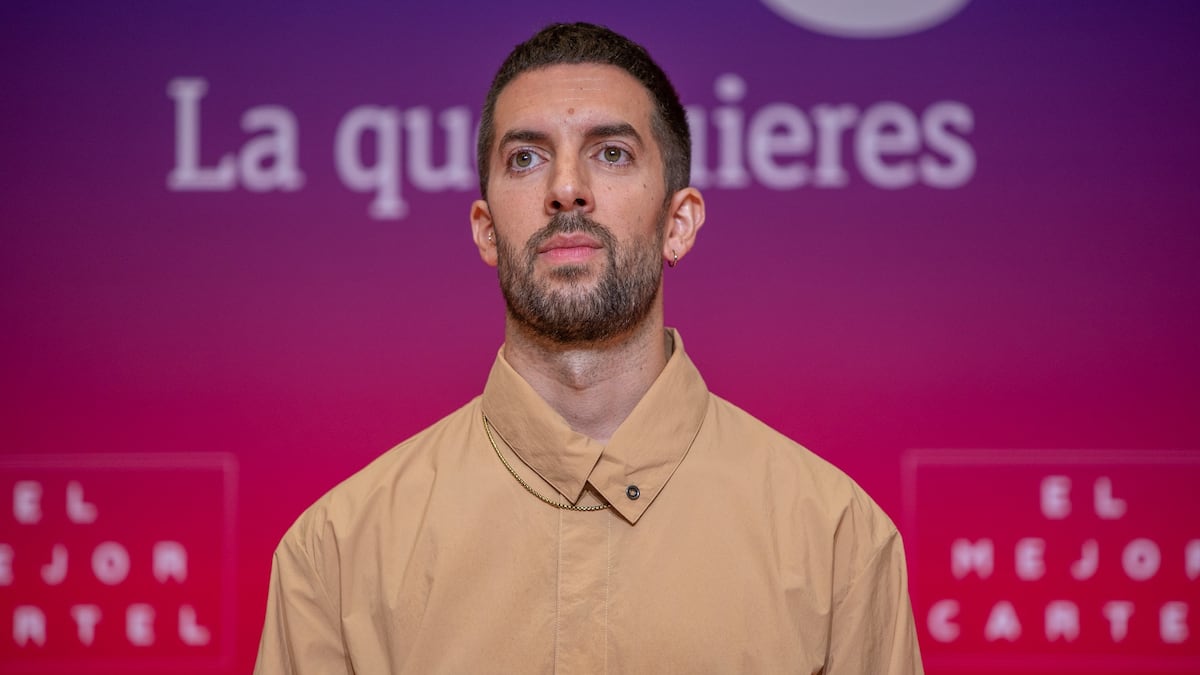Television’s sense of smell is a deceptive one. It can lead to great failures. In recent years there have been various attempts to emulate the success of The AnthillPersonally, I have always believed that it is impossible to imitate Pablo Motos without being Pablo Motos. Competing with the same is a mistake. Authenticity and originality are usually key in television. But before launching a programme it is essential to study which audiences do not find what they are looking for in the current free-to-air television offering. And in these decisions, data helps more than instinct.
For years, traditional television channels have resigned themselves to the decline in television viewing among all age groups of people under 44 years of age. At the end of 2023, television viewing among children aged 4 to 12 or young people aged 13 to 24 barely exceeded 60 minutes a day. For their part, young adults aged 25 to 44 spend just over an hour and a half a day watching “traditional” television.
These data have led us to believe that traditional television is a refuge for adult audiences, those aged 55 and over, and that the success of a programme is only guaranteed if it captivates said audience.
More information
The existence of online content is not the only reason why young people are moving away from traditional television. Free-to-air television has not been able to adapt to the evolution of their entertainment preferences. These tastes change rapidly. However, we broadcast formats that are more than 15 or 20 years old and are supported by adult consumption.
When at RTVE we considered the production of a new program access prime time [el contenido nocturno que sirve de antesala y enganche para la oferta estrella de cada cadena] For La 1 we did it trying to combine the two previous factors: original content for audiences that couldn’t find that product on linear television. And that product already existed. It was called The Resistance (hoy, The revolt) and was broadcast on pay television with modest audience figures. But The Resistance had a community of millions of followers who followed the program through clips on social media or YouTube, exponentially multiplying their impact. Meanwhile, on free-to-air television we maintained the ability to reach millions of people simultaneously, to generate a community that shares live.
That leap was a risky bet. At that time, many analysts were saying that young people would not come to La 1 to see Broncano. But the data told us otherwise and a decision had to be made.
A week after its release, The Revolt David Broncano’s show is a social and television phenomenon whose value goes beyond the walls of RTVE and benefits the audiovisual sector. A commitment that is getting audiences who had stopped watching it or had hardly ever watched it to return to television. This fact has allowed The Anthillwhich is broadcast at a similar time, continues to collect great data. In the time slot that both programs coincide, The Anthill has reached an average of 19.6% this week. The Revolt has risen to 18.8%.
The data shows that TVE’s offer is an alternative bet. While the Motos programme leads among children aged 4 to 12 and over 64 years, Broncano prevails among audiences aged 13 to 64 years and, especially, in the 13 to 44 age segment. Although RTVE does not broadcast advertising, the fact that it is a significant target or commercial value that it reached The Revolt last Wednesday with 31.6%.
The launch of Broncano’s programme on public television has led to a 38% increase in traditional television viewing in its time slot compared to the previous week for audiences between 13 and 44 years of age, according to data from the consultancy firm DOS30. If the trend continues, we are witnessing a clear generational change for public television. TVE is thus assuming a leading role with content where good humour is the vehicle for transmitting the values necessary in our society.


